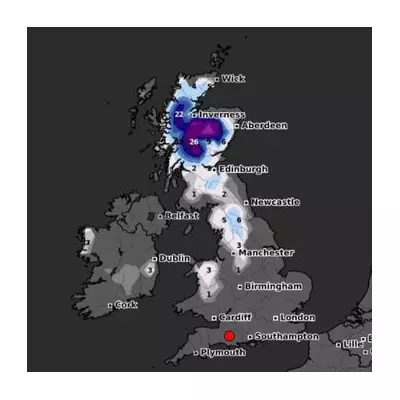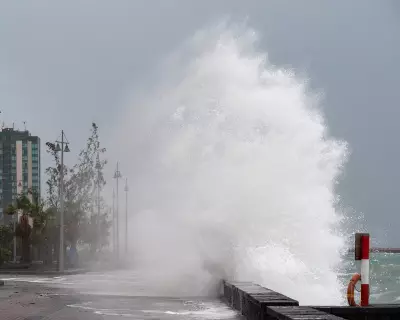
Residents across Australia's Top End are preparing for potential impacts as a tropical low has officially developed into Tropical Cyclone Fina, signalling what could be an early start to the cyclone season.
Cyclone Development and Current Status
The Bureau of Meteorology confirmed that Tropical Cyclone Fina formed at 3.30am ACST on Wednesday morning, positioned approximately 315km north northeast of Darwin. Currently classified as a category 1 system, the cyclone is generating winds near its centre reaching 75km per hour, with gusts peaking at 100km per hour.
Meteorologists predict Fina will continue moving in an east northeast direction, with expectations it will intensify to Category 2 by Wednesday night. The system is currently situated over the Timor Sea, presenting a developing threat to Northern Territory communities.
Projected Path and Potential Impacts
According to tracking forecasts, Cyclone Fina should turn south then southwest on Thursday, setting it on a course toward the Northern Territory coast. Senior meteorologist Miriam Bradbury stated in an audio release that "We may see a coastal crossing sometime over the weekend or into early next week".
The Bureau's latest tracking map indicates Fina could make landfall west of Minjilang early on Saturday before progressing toward the Tiwi Islands. However, experts note several possibilities remain regarding Fina's behaviour, including the potential for the system to avoid coastal crossing entirely and gradually dissipate.
Northern Territory communities aren't expected to experience direct impacts from Fina within the next two days. Forecast showers and thunderstorms are considered "just normal build-up season weather", according to senior meteorologist Miriam Bradbury.
Historical Context and Preparedness
The region has already experienced significant rainfall in recent days, with Charles Point recording 196mm within three hours on Monday. This contributed to a 24-hour total of 228mm, marking the area's heaviest daily rainfall in a decade.
Darwin hasn't experienced a cyclone since Category Two system Marcus disrupted power to nearly 29,000 properties in March 2018. The memory of Cyclone Tracy in December 1974, which devastated Darwin and claimed 66 lives, remains etched in community awareness.
The Bureau of Meteorology will issue a tropical cyclone watch alert when the risk of gales develops along the Northern Territory coast within the next two days, providing communities with advanced warning of potential dangers.





